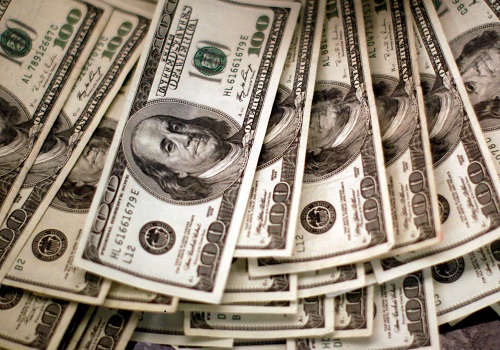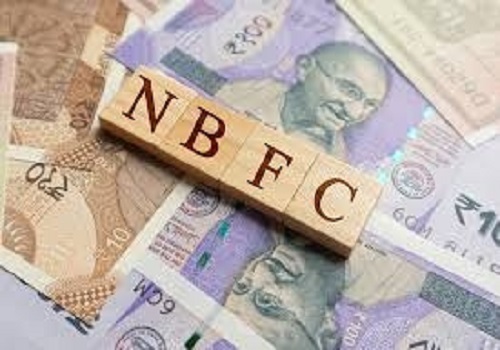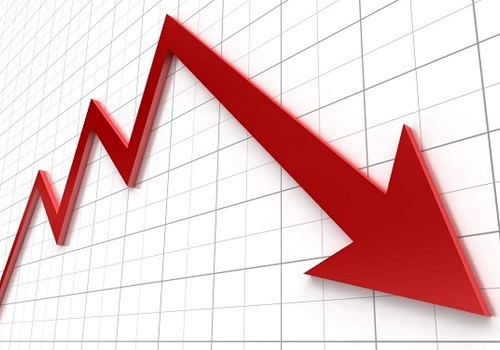The Economy Observer: The RBI should hike the repo rate by 35bp this week - Motilal Oswal Financial Services
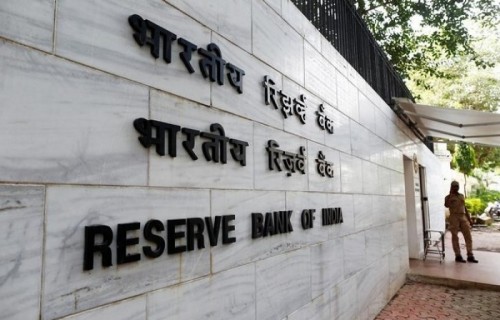
Follow us Now on Telegram ! Get daily 10 - 12 important updates on Business, Finance and Investment. Join our Telegram Channel
The RBI should hike the repo rate by 35bp this week
but currency fears may lead to another 50bp hike
* What factors should be considered while formulating monetary policy decisions? The question is the most basic in economics. Simply speaking, a monetary policy should be based on domestic growth and inflation dynamics, i.e. the situation in the real economy. The transmission of all monetary policy decisions occurs via the financial markets: equity, bonds, and currency. Hence, it is very important to understand the influence of financial markets on the real economy. As a rule of thumb, weaker the growth and/or lower the inflation, the looser can be the monetary policy and vice-versa. Similarly, the selected movements in financial markets – such as low bond yields, a weak currency, and/or a very strong equity market – tend to strengthen growth and thus push inflation higher.
* It is generally argued that a weaker currency can help narrow India’s trade deficit, as it will make exports cheaper and imports dearer. This, however, is unlikely to be the case, at least in India at present. The current weakness in the USD:INR is largely led by global factors. Many EM currencies (and even that of advanced economies) have also depreciated substantially against the USD. Since competitiveness is a relative concept, such depreciation episodes in the INR are unlikely to provide a major boost to India’s exports.
* A weaker currency is also considered to be inflationary through the import channel. If a country imports are price inelastic in nature, a weaker INR tends to push domestic inflation higher through higher import inflation. As half of India’s merchandise imports consist of relatively inelastic fuel and non-fuel commodities, this line of thought is usually the cause of a ‘weaker currency-led inflation’ argument in India (refer Exhibit 1). For a net importer such as India, a depreciation in the currency may do more harm than good (refer Exhibit 2).
* The limited benefits of a depreciation in the USD:INR in improving India’s trade deficit and the narrowing yield differential between India and the US government bonds led many market analysts to recommend the RBI to intervene in the currency market to support the INR. Irrespective of which tools are used, any efforts by the RBI to mitigate the depreciation in the USD:INR by intervening in the forex market are associated with costs.
* One of the most important qualitative (and fashionable) discussions in economics these days is the independence of central banks, i.e. monetary policy. Should the RBI be independent just from domestic politics (which is strongly recommended by almost all market participants) or should it be independent from large global central banks too? More often than not, the RBI’s monetary policy decisions (especially its interest rate decisions) are directly linked to that of the US’ policies. If inflation in the US is higher than expected, RBI should tighten more. If the Fed is more aggressive, then the RBI should also be more aggressive, and so on. We are not suggesting the RBI ignore global developments, but it must not base its monetary policy decisions on them.
* As of 27th Sep’22, the INR has weakened 9.1% against the USD in CY22 (3.1% in 3QCY22) v/s a 11.1%/6%/10.6% (5.4%/1.8%/ 4.7% in 3QCY22) depreciation in the CNY/IDR/MYR and an even faster depreciation in other EM currencies such as the PHP, ZAR, and the THB (refer Exhibit 3). This, even as the extent of monetary tightening is very different among these economies – ranging from monetary easing in China to a cumulative hike of just 0.25pp/2.5pp in Thailand/South Africa. There is no direct connection with the extent of rate hikes (or monetary tightening) and currency depreciation (refer Exhibit 4).
* Before fighting the currency depreciation, the RBI must look into the causes of currency movements and compare the movements in the INR against the USD with other emerging market (EM) counterparts. If all major EM currencies move in tandem, but the INR weakens disproportionately more than others (like in CY13-14), then it is a cause of concern and may justify RBI’s intervention. However, if the weakness in the USD:INR is in line with or less than other EM currencies, it is best for the RBI to let INR be as market-determined as possible. This is because of three reasons: 1) The currency market is truly global in nature and the RBI has limited powers to manipulate it. There is no evidence of the RBI (or any other Central Banka) being able to successfully mitigate depreciation pressures for long. 2) Intervention by the RBI (or any other EM central bank) in the currency market to mitigate depreciation comes at the cost of extremely valuable foreign exchange reserves (FXR). However, it comes with a natural constraint (refer Exhibit 5); 3) Any measure to mitigate currency depreciation by the RBI will inevitably involve a tighter monetary policy. It is, thus, very important to conduct a cost-benefit analysis of RBI’s currency market interventions.
* Interest rates are only one of the monetary policy tools, and certainly not the most potent one. Monetary policy works by affecting the liquidity situation in the financial sector. The greater the fear of inflation, liquidity in the system should be tighter (or lesser) and vice-versa. Interest rate is only one of the tools to achieve that and is not the primary one. Not only has the RBI hiked interest rates quickly in the past few months, but a very large liquidity surplus (amounting to 5-6% of net demand and time liabilities, NDTL) has also disappeared (refer Exhibit 6).
* An important factor is the size of the central bank’s balance sheet. A reduction in the central bank’s balance sheet is synonymous to the monetary tightening as it sucks liquidity from the system and vice-versa. A comparison of the RBI’s Balance Sheet vis-à-vis that of the US Federal Reserve, European Central Bank, and Bank of Japan confirms that RBI is way ahead compared to large major global central banks in terms of monetary tightening (refer Exhibit 7 and 8).
* Overall, it is well known that unlike the West, India’s economy is not overheated. Neither our economic growth is too strong, nor is our inflation too high (refer Exhibit 9 and 10). However, the global economy has become so vulnerable that a stronger USD (even from the current levels) is inevitable, which will drive weaker EM currencies. The RBI’s use of its FXR or rate hikes to fight the depreciation in the USD:INR is possible only for a short period of time. But if these forces persist, the INR will move, but domestic growth may weaken more than warranted. Therefore, a highly delicate approach is required.
* With the liquidity balance already moving towards neutrality and a substantial fall in RBI’s Balance Sheet, it is time to signal the end of rate hikes in India. Therefore, the RBI should hike policy rates by 35bp this week, followed by another 25bp in Dec’22. With a deteriorating global economic environment and currency market movements, the RBI may choose to announce another 50bp hike this week.
To Read Complete Report & Disclaimer Click Here
For More Motilal Oswal Securities Ltd Disclaimer http://www.motilaloswal.com/MOSLdisclaimer/disclaimer.html SEBI Registration number is INH000000412
Above views are of the author and not of the website kindly read disclaimer




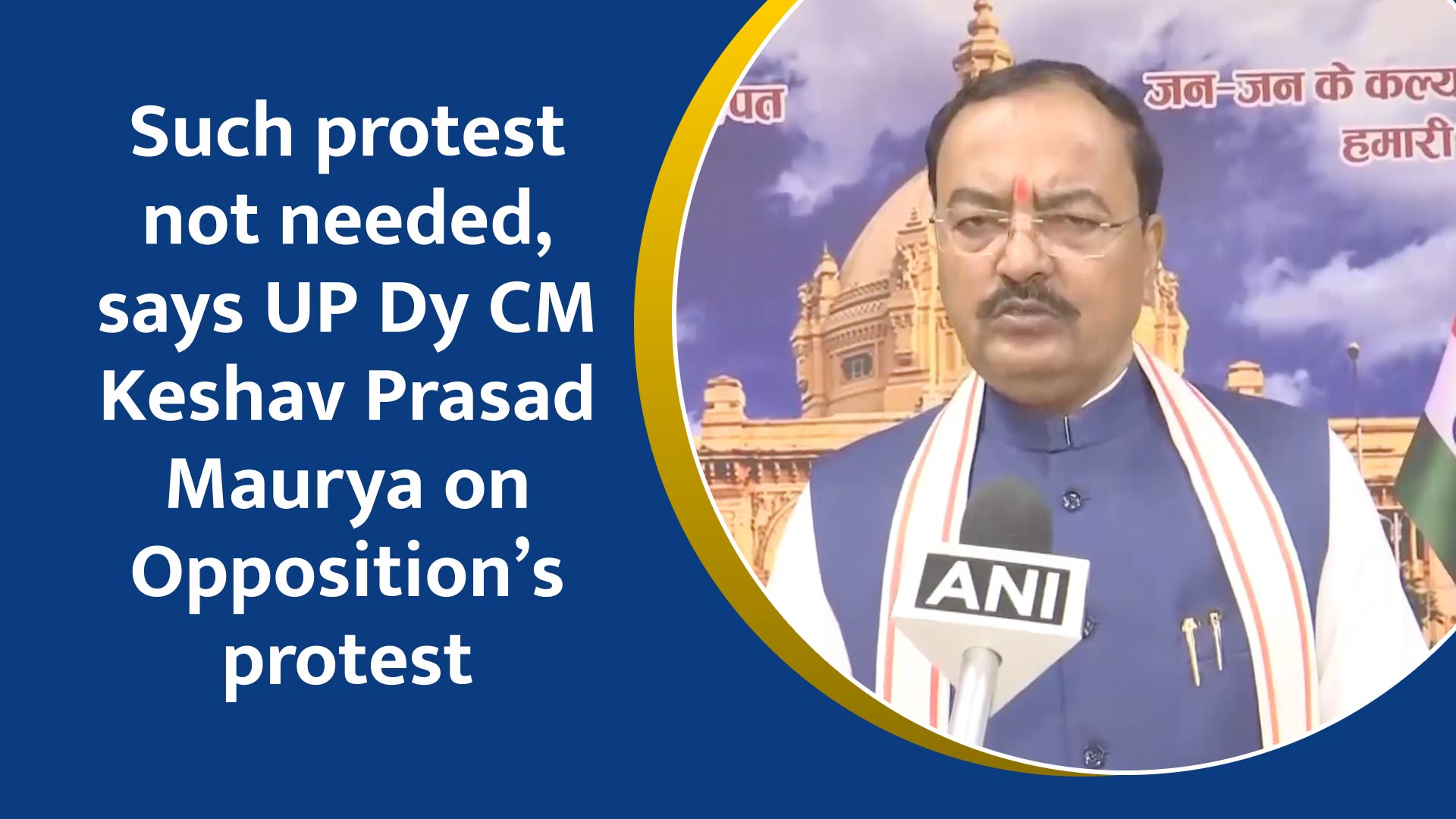

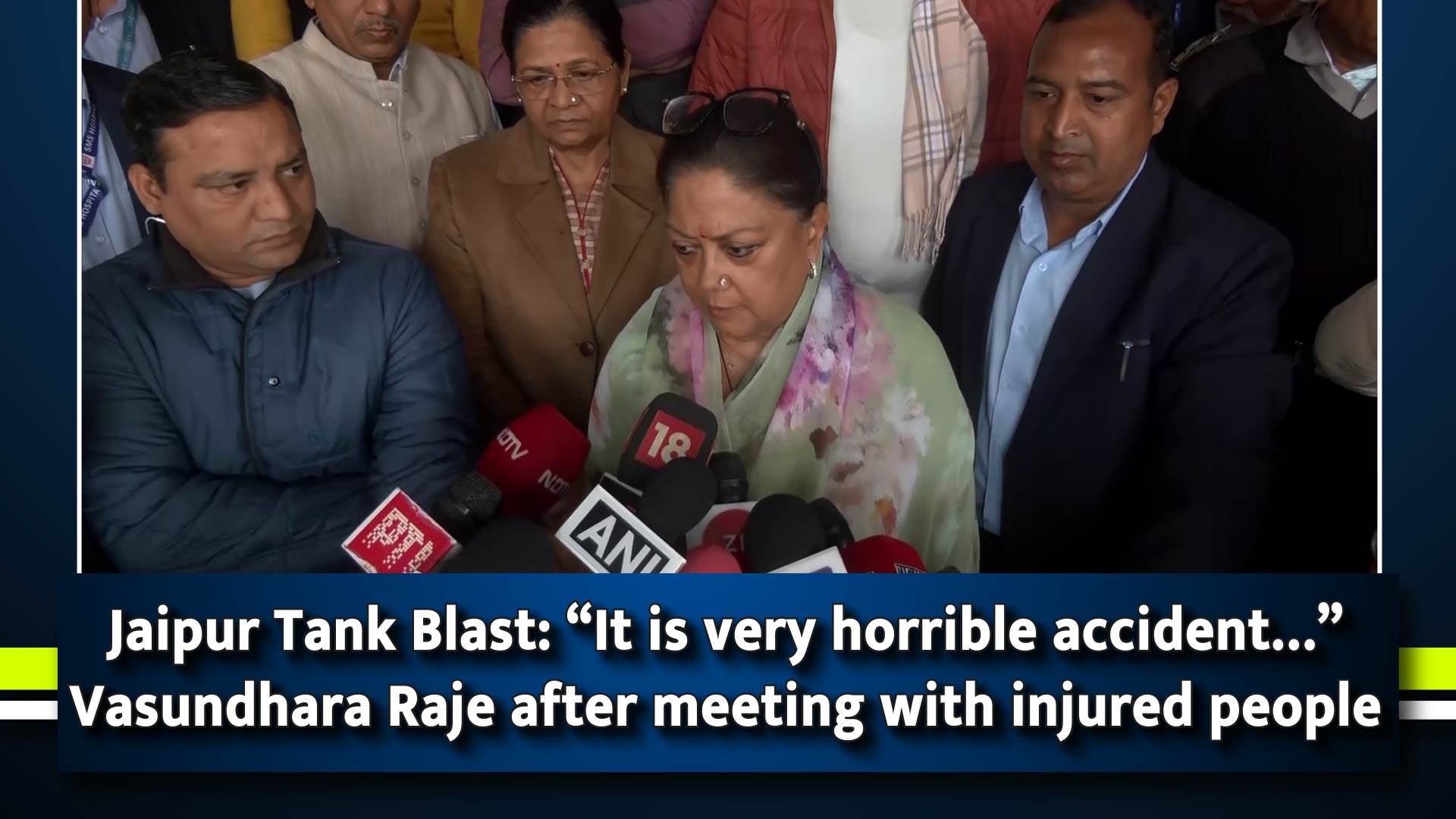
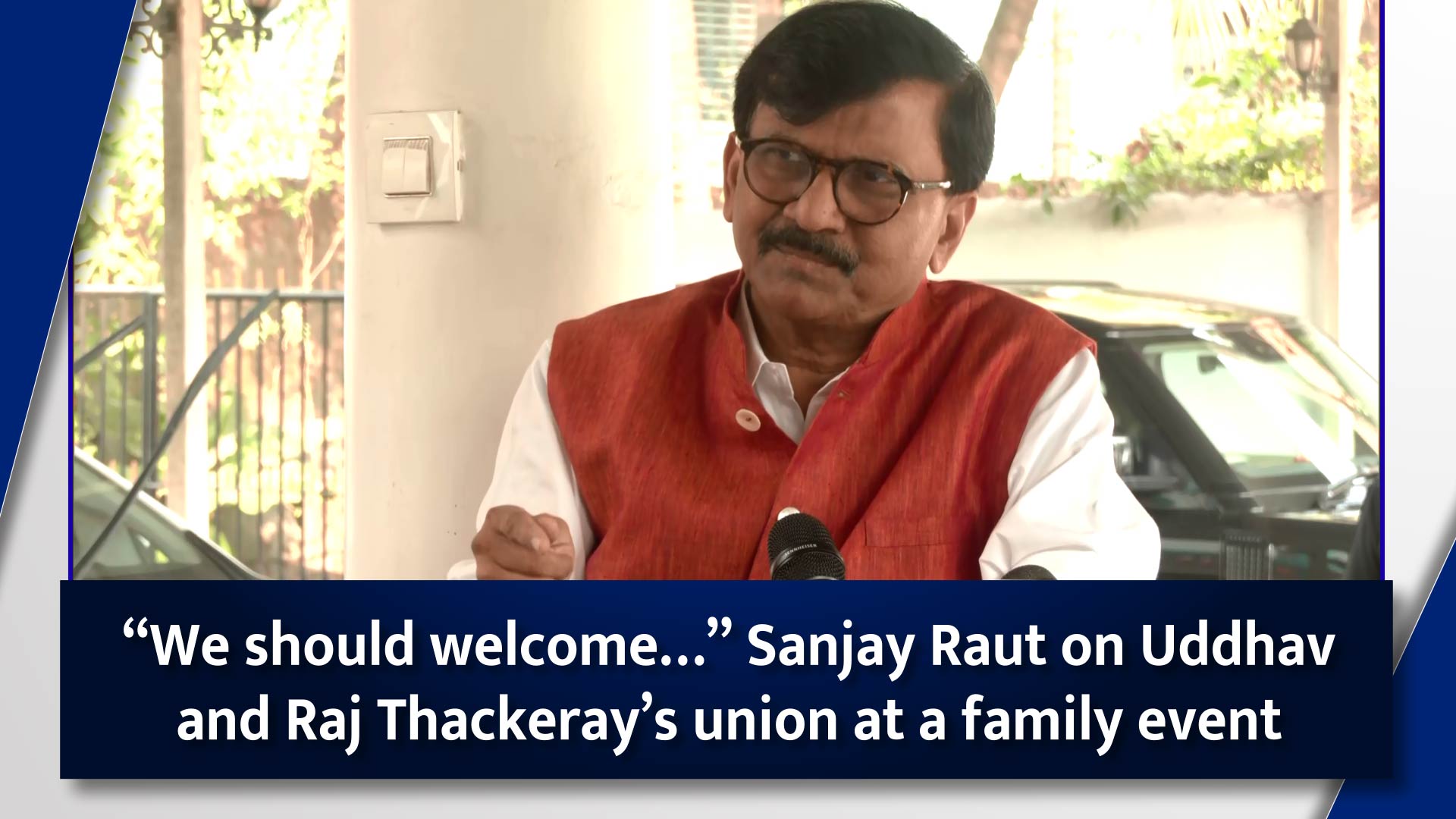


Tag News

Monthly Debt Market Update, September 2023: CareEdge Ratings





 320-x-100_uti_gold.jpg" alt="Advertisement">
320-x-100_uti_gold.jpg" alt="Advertisement">



